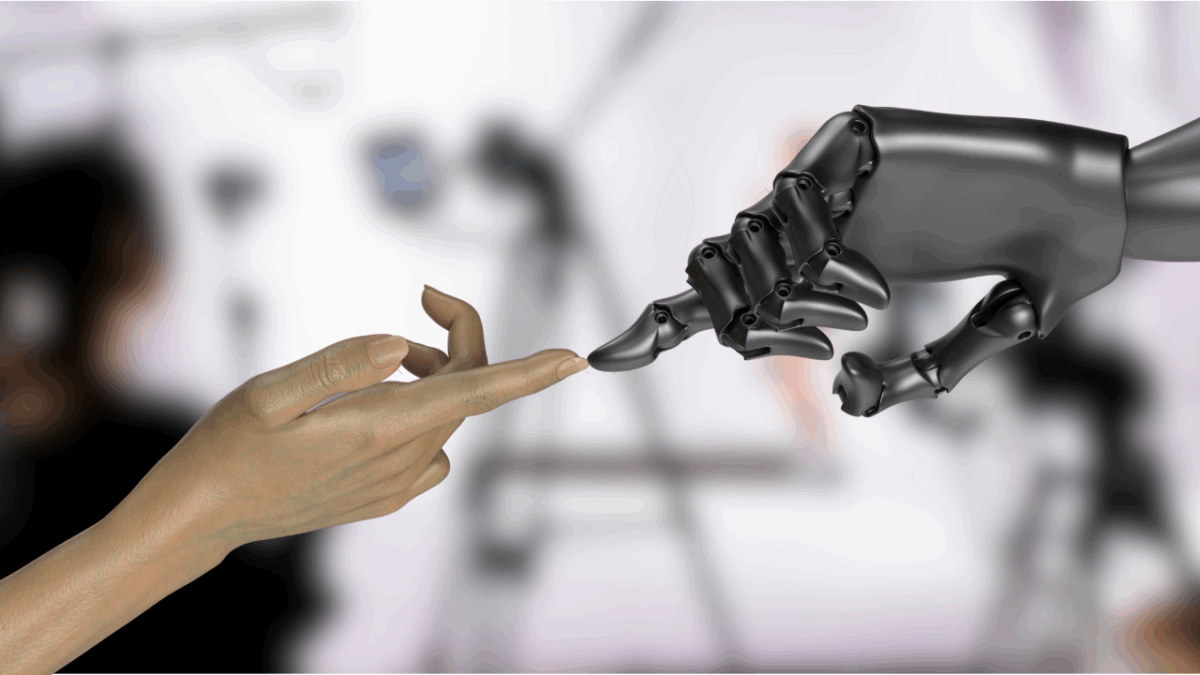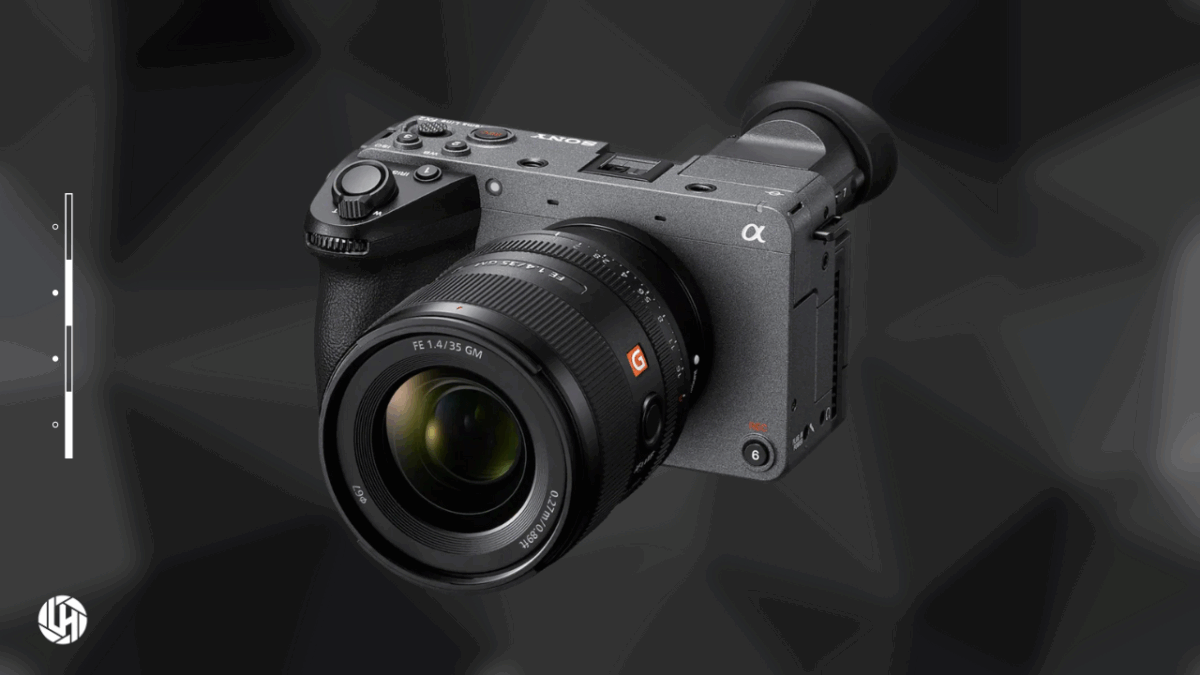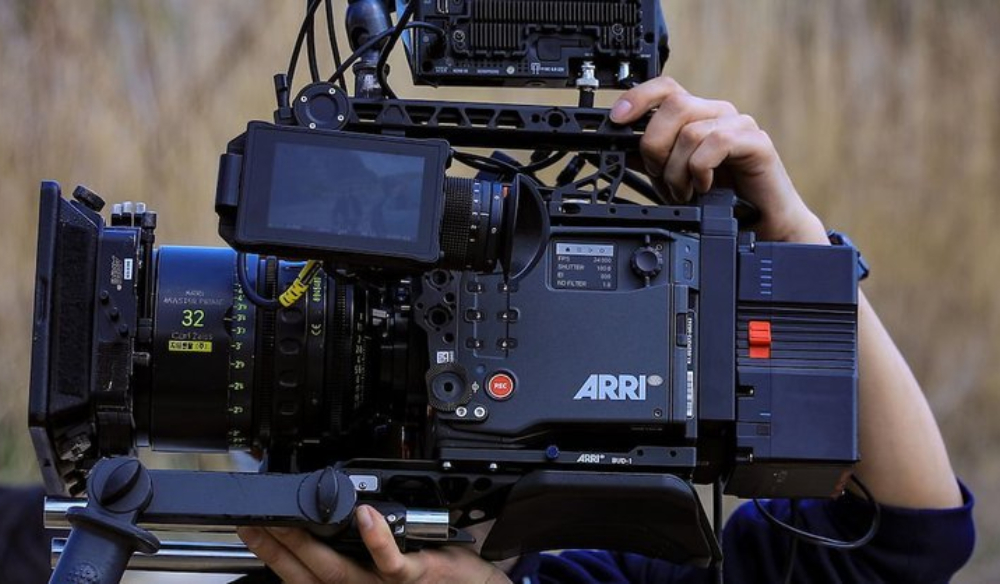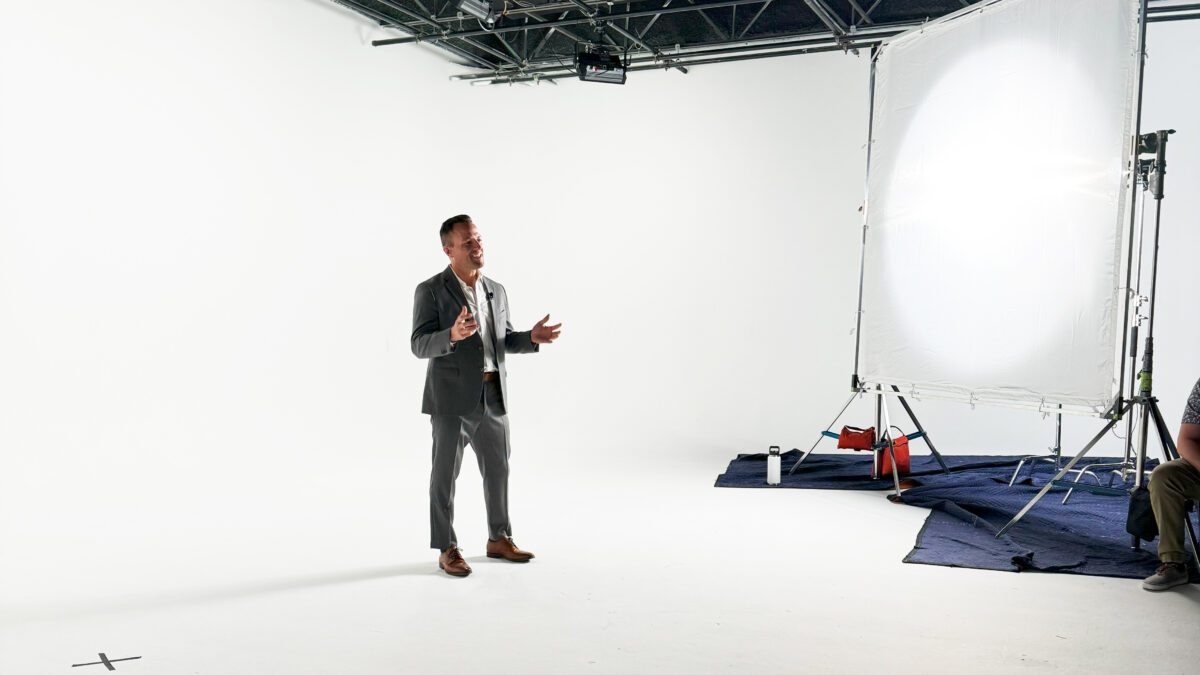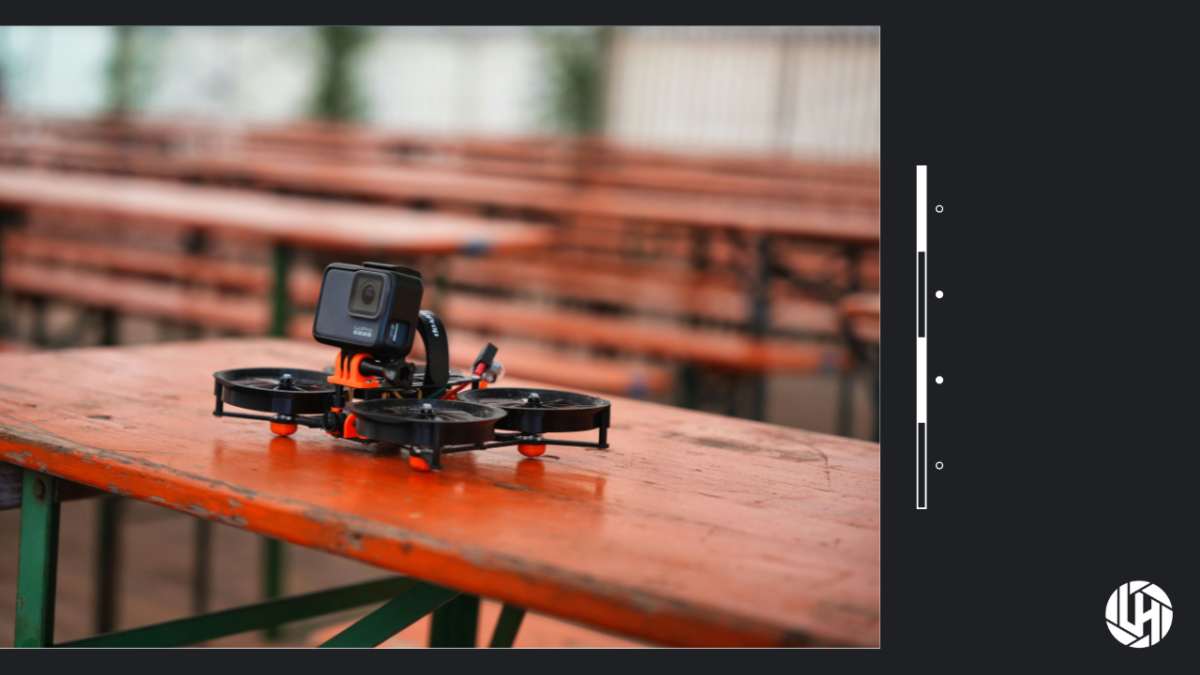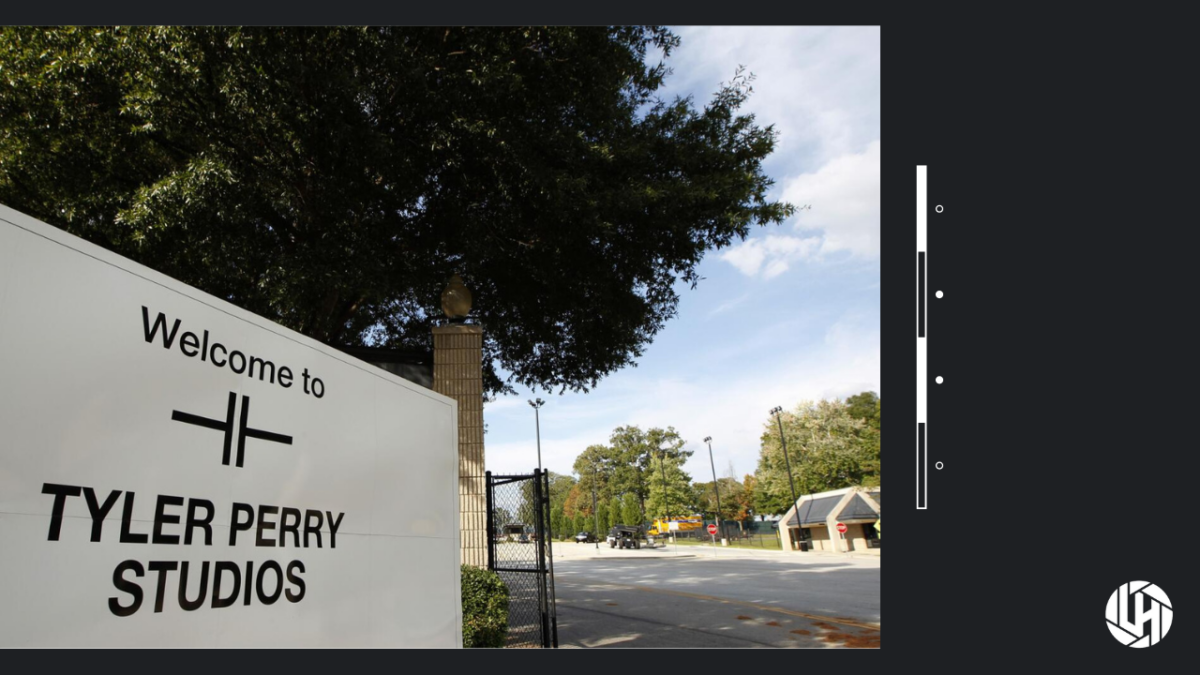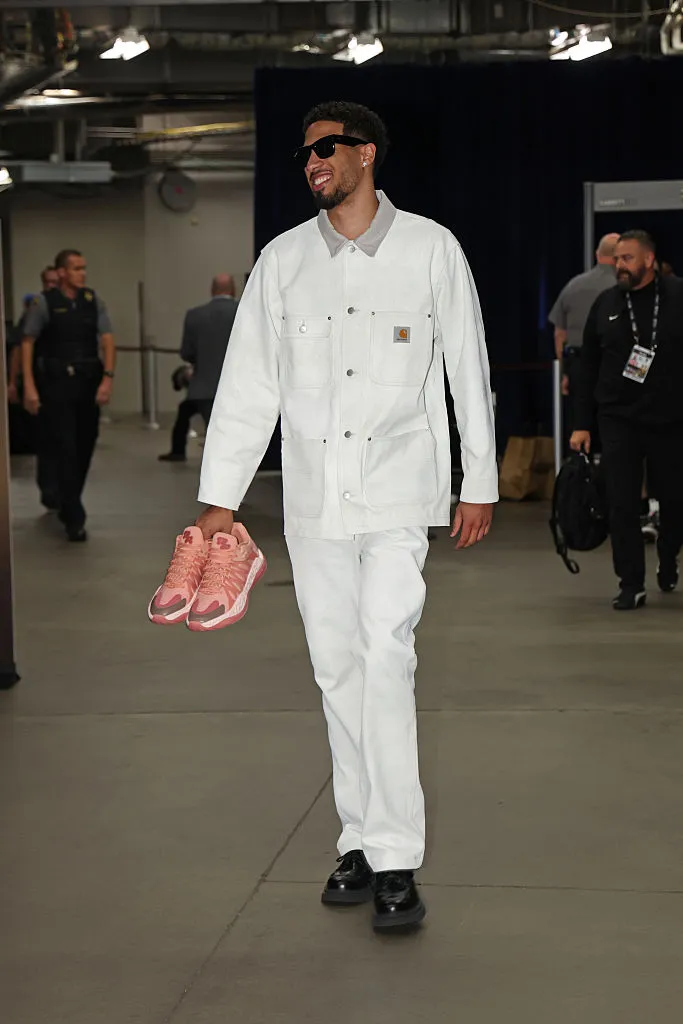The Three C’s of Screenwriting: Concept, Character, and Conflict
lensheadmedia
on
August 5, 2025
If you had to strip screenwriting down to its most essential elements, you’d be left with three powerful pillars: Concept, Character, and Conflict. These are the “Three C’s” of screenwriting, and mastering them is key to crafting scripts that not only sell, but resonate with audiences long after the credits roll.
Let’s explore what each of these elements means, how they work together, and how you can use them to elevate your writing.
Concept: The Hook That Opens Doors
In Hollywood, concept is everything. Before a script is ever opened, before a character speaks a single line, it’s the concept that grabs attention. A strong concept is what gets your pitch meeting, secures financing, and sparks the audience’s curiosity with just one line.
The concept is your story’s central idea—the “What if?” that invites people in. What if you could relive the same day over and over? What if monsters hunted you the moment you made a sound? These kinds of premises ignite curiosity and imagination.
Consider The Twilight Zone. Each episode introduced a compelling new idea that made viewers lean in. The characters, while often underdeveloped due to time constraints, were secondary to the power of the concept itself. People tuned in episode after episode to see how each unusual scenario would unfold.
When people browse streaming services, they aren’t reading full synopses or character biographies. They’re scanning loglines. That means your concept has to immediately stand out. It’s the spark that lights everything else on fire.
Character: The Heart of the Story
A strong concept may get people in the door, but compelling characters are what make them stay. Without them, even the most exciting idea falls flat.
Your characters are the emotional anchor of the story. They should be active, layered, and relatable. More importantly, they need to change. Audiences want to see growth, struggle, and transformation. Characters who merely react to the concept instead of driving the story through their choices won’t keep anyone engaged for long.
Take films like A Quiet Place or Source Code. Both are built on intriguing concepts, but what makes them memorable is the depth of the characters. The emotional stakes, the relationships, and the personal dilemmas elevate the concept into something more human.
If you’re writing on spec, this matters even more. Executives and agents read plenty of scripts with high-concept premises, but the ones that stand out are those with authentic, emotionally rich characters. Pair a great idea with great characters, and you’ve suddenly got something people can see, feel, and sell.
Conflict: The Engine That Drives It All
The third and final pillar is conflict. Without it, there is no story. Conflict is the force that propels your characters forward and puts your concept to the test.
Cinematic conflict must be visible. You can’t rely on internal thoughts or summaries of emotion. Conflict should play out through action, choice, and consequences. Whether it’s physical, emotional, or philosophical, the opposition has to be clear and ever-present.
And it can’t just happen once. Great scripts are built around ongoing, evolving conflict. Your characters should be constantly tested by new challenges, each one forcing them to grow or change. These moments create the stakes and tension that keep audiences invested.
Conflict isn’t just an obstacle. It’s the tool that reveals who your characters really are and what your concept is truly about.
Screenwriting: Bringing It All Together
These three elements—concept, character, and conflict—work best when they’re in balance. One can’t carry the whole story on its own. A great concept will get attention, but only compelling characters and meaningful conflict will hold it.
Ask yourself: Is my concept unique and engaging? Are my characters active, emotional, and evolving? Does conflict shape every scene and keep the story moving?
If one area feels weak, don’t be afraid to revisit and refine. The best scripts are those where all three Cs are firing at full strength.
Mastering the Three C’s of screenwriting doesn’t guarantee success. But it gives you the foundation to tell stories that are not just read but understood and remembered.
Have any more questions on screenwriting? Contact us for a free consultation today!

